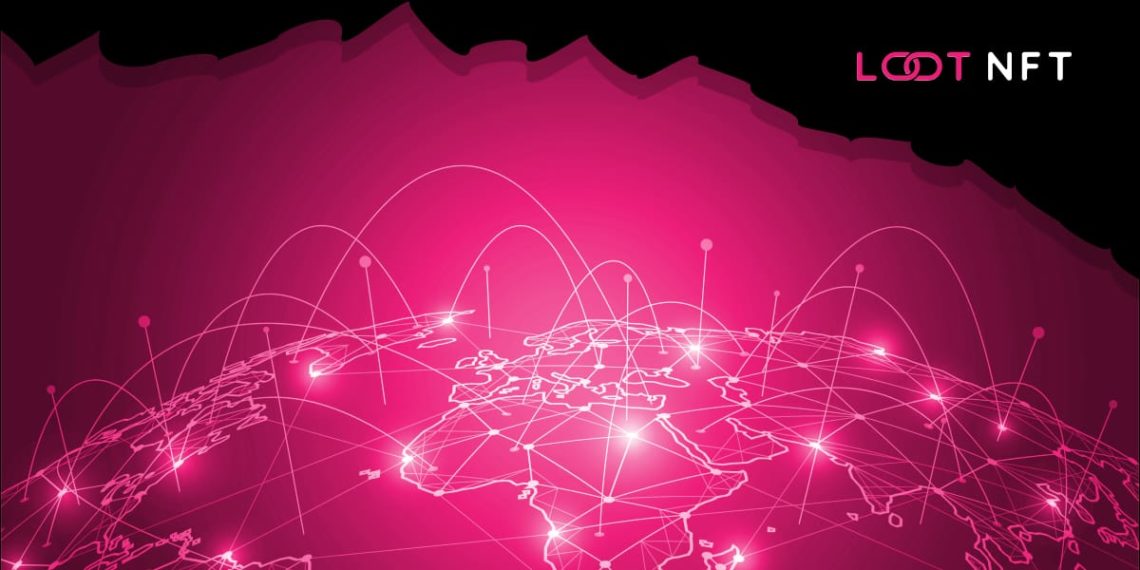- In the 1960s, TV series like The Jetsons and Star Trek hinted at concepts like this. A group of Carnegie Mellon researchers made it a reality two decades later by connecting a Coca-Cola vending machine to the ARPANET, a precursor to the contemporary World Wide Web.
- The act of storing, managing, and analyzing data is made easier with cloud computing. Meanwhile, cybersecurity can guard against the dangers that come with data sharing. Many IoT-related networks handle key national infrastructure, such as power grids, and a breach caused by immature IoT technology might have serious consequences.
- By assisting with real-time data analysis and decision-making, AI helps IoT become smarter. Machine learning algorithms receive real-time data streams from sensors on linked IoT devices. The more data collected, the more effective the algorithms will be in improving the IoT device.
Although the Internet of Things has grown mainstream, are the risks of connecting gadgets to the internet truly understood? For decades, the concept of an Internet of Things (IoT) has been discussed. The capacity to connect everyday physical objects with other devices over the internet, allowing them to send and receive data, is referred to as the Internet of Things (IoT). These everyday objects could range from refrigerators and watches to automobiles and toilets.
What Is The IoT And How Does It Work
In the 1960s, TV series like The Jetsons and Star Trek hinted at concepts like this. A group of Carnegie Mellon researchers made it a reality two decades later by connecting a Coca-Cola vending machine to the ARPANET, a precursor to the contemporary World Wide Web.
Since then, connected devices have grown commonplace. IoT applications include smart lights, smartwatches, and connected autos that can detect road markings, to name a few. Many areas of our lives will be automated, such as turning on the lights or anticipating when the automobile needs to be serviced, saving time, energy, and money.
Artificial intelligence (AI), cloud computing, cybersecurity, and 5G are the four fundamental technologies that allow today’s IoT ecosystems.
By assisting with real-time data analysis and decision-making, AI helps IoT become smarter. Machine learning algorithms receive real-time data streams from sensors on linked IoT devices. The more data collected, the more effective the algorithms will be in improving the IoT device. It can, for example, alert drivers when they are about to approach a crowded traffic zone.
ALSO READ – Why did VIX creatorRobert Whaley back Grayscale Bid while stepping into the BTC ETF battle?
What Are Some Of The Most Common Applications Of IoT
The act of storing, managing, and analyzing data is made easier with cloud computing. Meanwhile, cybersecurity can guard against the dangers that come with data sharing. Many IoT-related networks handle key national infrastructure, such as power grids, and a breach caused by immature IoT technology might have serious consequences.
The fifth generation of mobile wireless protocols is known as 5G. To reduce interference, it mixes a digital signal across many channels. It has far more bandwidth, data speeds, and capacity than earlier mobile wireless standards. This is great for promoting wide-scale IoT adoption.
Although there is some scepticism about the widespread use of IoT technology in ordinary life, such gadgets are nonetheless common. The automated house, the connected car, wearable technology, and smart cities are all examples of use cases.
Steve Anderson is an Australian crypto enthusiast. He is a specialist in management and trading for over 5 years. Steve has worked as a crypto trader, he loves learning about decentralisation, understanding the true potential of the blockchain.


 Home
Home News
News










